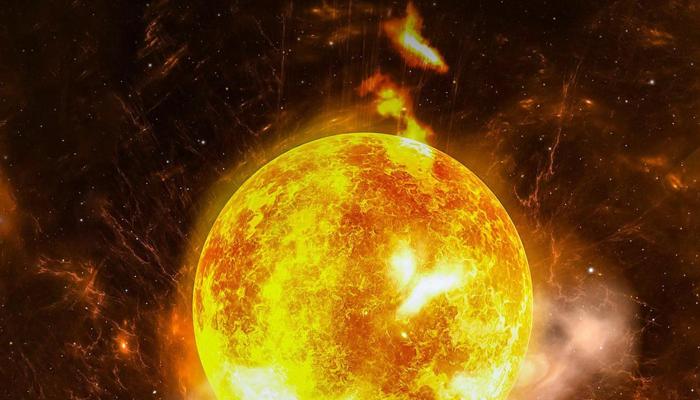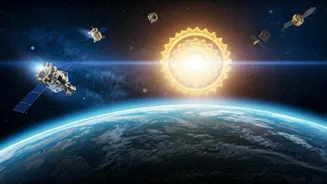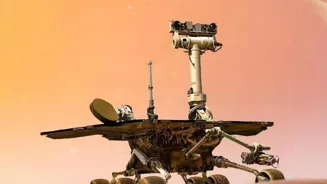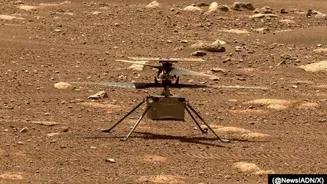Unveiling the Space Weather: Sun's Impacts on Our Tech Gadgets. Dive into the cosmic chaos disrupting our daily lives
You might think the weather forecast only concerns rain, sunshine, and whether you should
carry an umbrella. But there's another kind of weather, brewing far, far away, that can throw a spanner in the works of our technology right here on Earth.
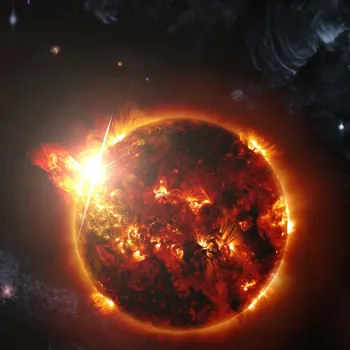
We're talking about space weather: the conditions in space, influenced by the sun's activity, that can impact our planet and its technologies. Space weather is caused by solar flares and coronal mass ejections from the sun.
These solar events release massive amounts of energy and particles that travel through space. When these particles reach Earth, they interact with our planet's magnetic field. This interaction causes many affects that can disrupt our life.
Space weather impacts tech-dependent world, monitored for protection
Space weather might seem like a distant problem, but its effects are increasingly relevant in our tech-dependent world. From satellite communication to power grids and even GPS navigation, many essential technologies are vulnerable to space weather disturbances.
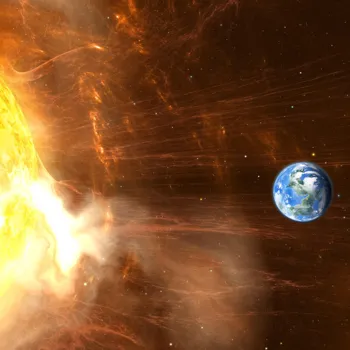
Experts are closely monitoring space weather activity to predict upcoming activity that can impact the technology we use everyday. Space weather events are classified by scientists based on their severity.
So, let's explore how these solar tantrums can wreak havoc, and what scientists are doing to protect us. What happens in space, doesn't always stay in space, especially when the sun is involved.
Space weather disrupts satellite communications, impacting daily life
One of the most visible and dramatic effects of space weather is the disruption of satellite communications. Satellites are crucial for everything from television broadcasts and internet connectivity to weather forecasting and national security.
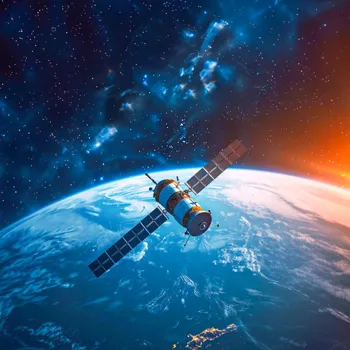
Solar flares and coronal mass ejections bombard satellites with radiation, which can damage their delicate electronic components. This damage can cause satellites to malfunction, lose functionality, or even completely fail.
Signals transmitted to and from satellites can also be disrupted by space weather events. The intense radiation can interfere with radio waves, leading to signal degradation or outages.
Imagine your DTH suddenly going kaput during the India-Pakistan cricket match – space weather could be the culprit!
These disruptions can have significant economic and social impacts, affecting communication networks, financial transactions, and various other industries that rely on satellite technology. The impact of space weather can potentially halt our everyday life.
Electricity reliance poses blackout threat due to solar storms, urging blackout prevention in India
Our dependence on electricity makes the power grid the second most vulnerable. A large geomagnetic disturbance, caused by a powerful solar storm, can induce powerful currents in long-distance power lines and transformers.
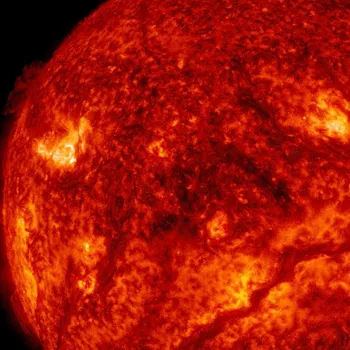
These induced currents can overload electrical grids, causing transformers to overheat and fail. A single transformer failure can trigger a cascading effect, leading to widespread blackouts. Remember the 2003 blackout in Sweden and South Africa?
Space weather had a prominent role in contributing to it. A similar event in India could cripple cities, disrupt industries, and paralyze essential services. Imagine no electricity for days, no fans in the scorching heat, no internet, and hospitals struggling to function.
The cascading effect of multiple failures will leave people affected and stranded. Therefore, preventing blackouts is top priority for the government of India.
GPS navigation crucial for safety, but space weather disrupts signals
GPS navigation has become indispensable for various applications, from mapping apps on smartphones to aviation and maritime navigation. Satellites are also used in surveying and construction projects. Space weather can interfere with GPS signals, leading to inaccuracies in location data.
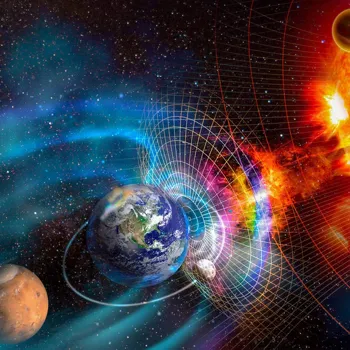
Solar flares and coronal mass ejections can distort the ionosphere, the layer of the atmosphere that GPS signals pass through. This distortion can cause delays and errors in signal transmission, affecting the accuracy of GPS receivers on the ground.
These inaccuracies can be particularly problematic for critical applications such as aviation and maritime navigation, where precise location data is essential for safety. Imagine a flight being rerouted or a ship running aground due to GPS errors caused by space weather.
This can affect normal transport services.
Space weather disrupts airline communication & endangers passengers; rerouting may reduce risks
Even airline travel can be affected by space weather even though they are on the ground. High-frequency radio communication, commonly used for long-distance communication with aircraft, can be disrupted by solar flares.
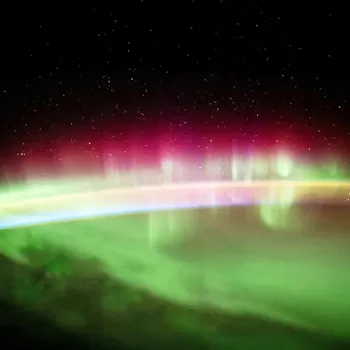
The radiation from solar flares can interfere with radio waves, leading to signal degradation or blackouts. This can make it difficult for pilots to communicate with air traffic control, potentially creating safety hazards.
Passengers and crews traveling on airlines flying near the polar regions may be exposed to increased radiation levels during solar events. The earth is protected with magnetic fields. However, at polar regions, the protection is reduced.
So, even at that height, the exposure to radiation can be significant. Airlines sometimes reroute flights to lower latitudes during extreme space weather to minimize radiation exposure.
Indian institutions like ISRO and IIG study space weather phenomena
So, what is India doing to tackle this growing threat? Several Indian institutions, including the Indian Space Research Organisation (ISRO) and the Indian Institute of Geomagnetism (IIG), are actively involved in space weather research and monitoring.
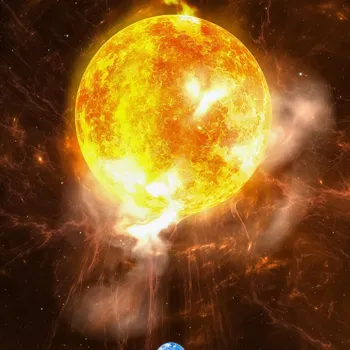
ISRO operates satellites equipped with instruments to study the sun and the near-Earth space environment. These satellites provide valuable data on solar activity and its impact on Earth. IIG conducts research on geomagnetic phenomena and develops models to forecast space weather events.
There are few Indian Institutes and organizations working on the technology. This provides opportunities for scientists and researchers. The data helps in understanding space weather phenomena.
Collaboration key in space weather mitigation for tech resilience
The collaboration between space agencies, research institutions, and industries is crucial for developing effective space weather mitigation strategies.

By working together, they can improve our understanding of space weather, enhance forecasting capabilities, and develop technologies to protect critical infrastructure and services from its impacts. As our reliance on technology continues to grow, so too will our vulnerability to space weather.
So, investing in space weather research, monitoring, and mitigation is not just a scientific endeavor. It is a necessity for ensuring the resilience of our technology-dependent society. The threat is real, but with careful planning and collaboration, it need not lead to doom and gloom.
